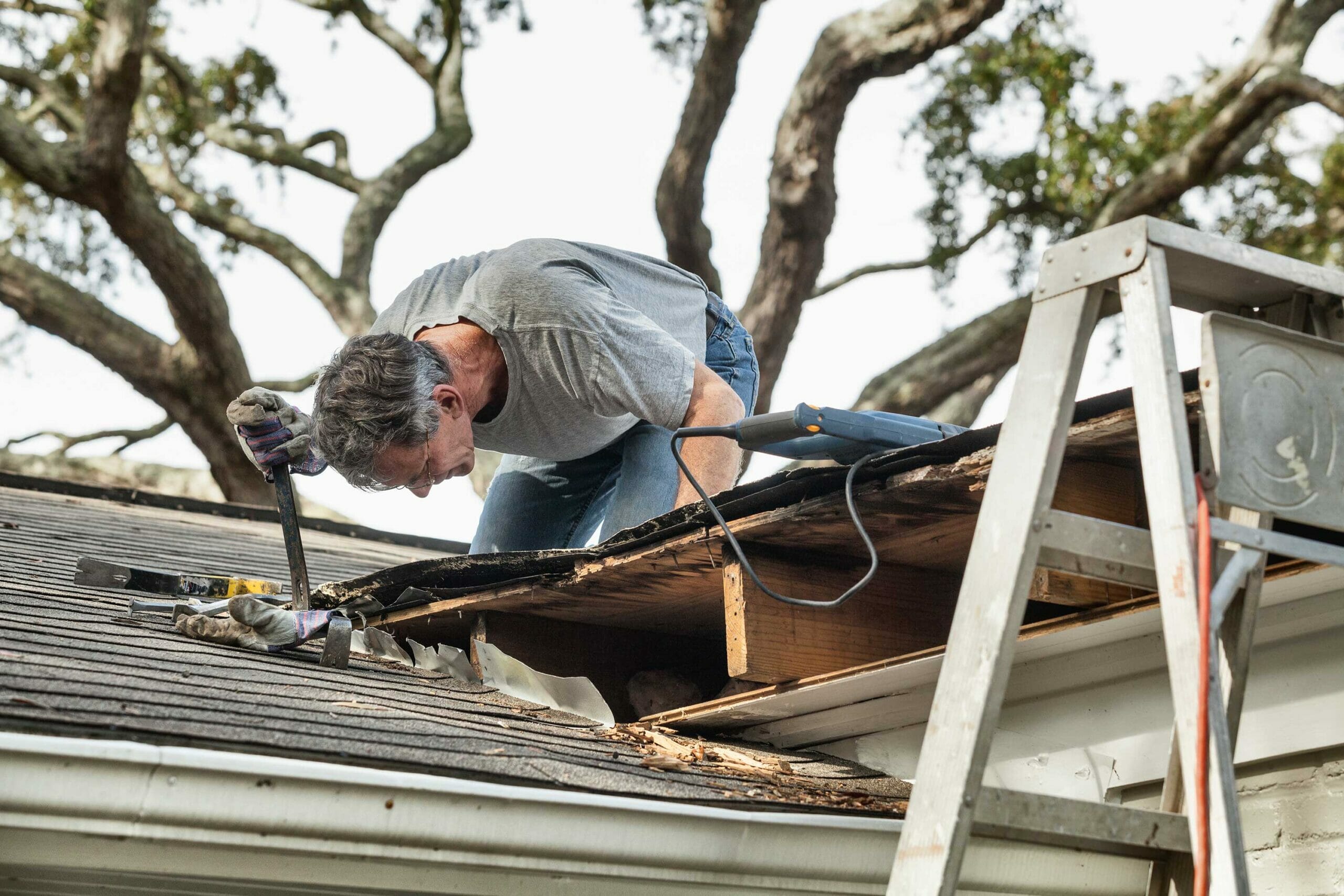A leaking roof can lead to significant damage to your home if left untreated. In a city like Philadelphia, where weather conditions can be unpredictable, it’s essential to identify the signs of a leaky roof early on. Here are six common signs that indicate your roof may be leaking and provide actionable steps to address each issue. By recognizing these signs and taking prompt action, and contacting Industrial Roofing Contractors for assistance in Philadelphia, you can protect your home from water damage and ensure the longevity of your roof.
Water Stains on Ceilings or Walls
Water stains on ceilings or walls are often the most apparent signs of a leaking roof. In a humid climate, these stains can appear as yellow or brown discoloration, indicating water penetration. If you notice such stains, it’s crucial to locate the source of the leak. Start by inspecting the area directly above the stain on the roof. Look for damaged shingles, cracked flashing, or gaps in the roofing material. Once you’ve identified the cause, it’s best to consult a professional roofing contractor such as Industrial Roofing Contractors to repair the issue promptly.
Dripping or Leaking Water
Obvious signs of water dripping or leaking inside your home are clear indications of a roof leak. During rain showers or snow melts, check for any visible water dripping from the ceiling or pooling on the floor. It’s essential to address this issue immediately to prevent further damage and mold growth. Start by placing buckets or containers to collect the dripping water and minimize potential damage. Then, contact a reputable roofing professional in Philadelphia to assess the extent of the leak and provide appropriate repairs or replacements.
Missing, Damaged, or Curling Shingles
Philadelphia experiences extreme weather conditions, including high winds and heavy storms. Such conditions can cause shingles to become dislodged, damaged, or curled, leaving your roof vulnerable to leaks. Regularly inspect your roof for missing or damaged shingles, as well as any signs of curling or buckling. Ignoring damaged shingles can lead to water infiltration, compromising the structural integrity of your roof.
Cracked or Damaged Flashing
Flashing is the metal material installed around chimneys, vents, and skylights to prevent water from seeping into your home. Over time, flashing can become damaged, corroded, or develop cracks, allowing water to penetrate your roof. Inspect your flashing regularly for signs of wear and tear, such as cracks, loose sections, or rust. If you notice any issues, contact us to replace the damaged flashing promptly. We will ensure proper installation and provide a waterproof seal to prevent future leaks.
Granule Loss in Gutters
Roof shingles are designed with protective granules that shield your roof from the sun’s UV rays and help repel water. If you find an excessive amount of granules in your gutters or downspouts, it may indicate that your roof is deteriorating and leaking. The granule loss can result from aging shingles or severe weather conditions.
Attic Moisture or Mold Growth
Regularly inspect your attic for signs of moisture or mold growth, as they can indicate a roof leak. Look for damp or discolored spots on the attic ceiling or walls, as well as the presence of mold or mildew. These issues suggest that water is entering your home through the roof. Upon inspection, we will identify the source of the leak and take appropriate measures to repair the roof, remove mold, and prevent future water damage.
Identifying the signs of a leaking roof early on is crucial for homeowners. By promptly addressing water stains, dripping water, damaged shingles, cracked flashing, granule loss, attic moisture, and mold growth you can mitigate the damage caused by roof leaks. Remember, consulting Industrial Roofing Contractors in Philadelphia is essential for accurate diagnosis and effective repairs to ensure the long-term protection of your home.






